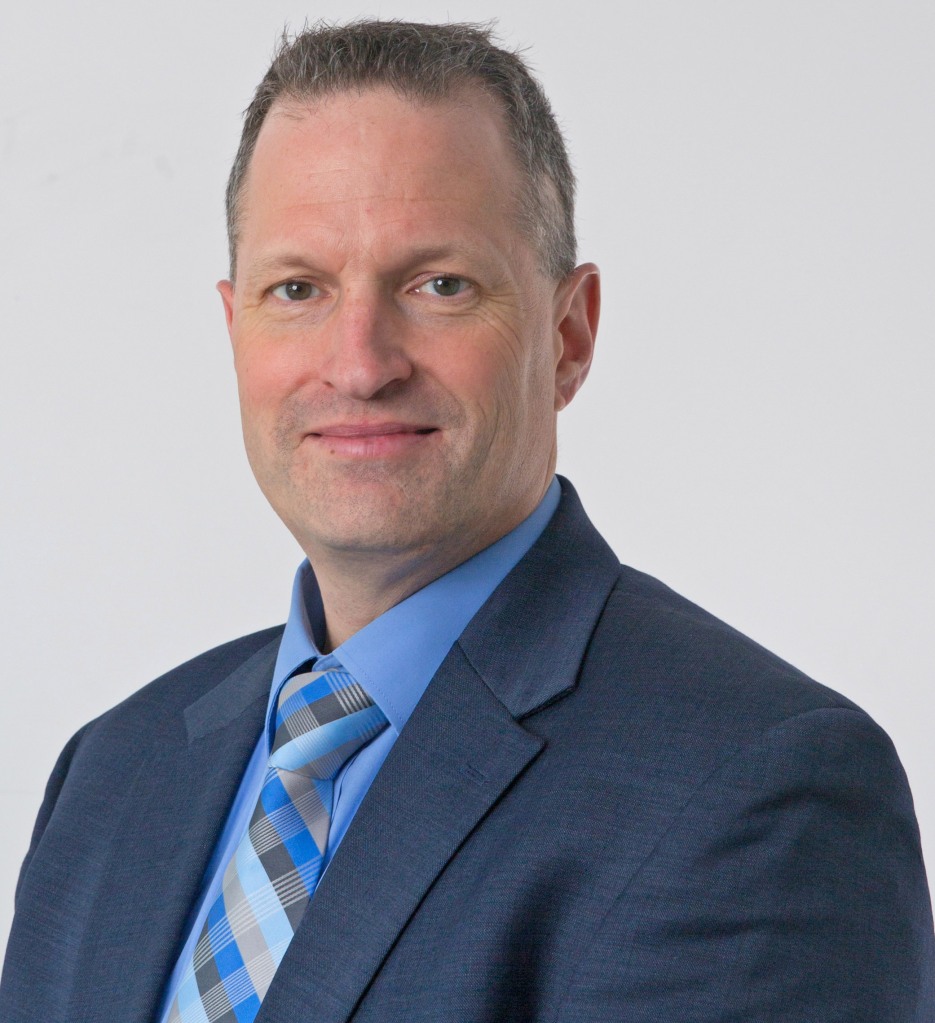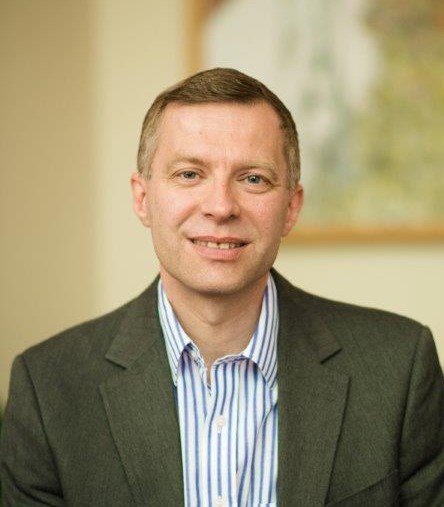By: Michael Nelson, PhD, RPh and Simon Tweddell, FRPharmS, PFHEA
This post is part of our Educational Scholarship “Quick Start” series. In this series, the editorial boards of Currents in Pharmacy Teaching and Learning and Innovations in Pharmacy are joining together to provide advice that helps authors avoid common problems in education-related inquiry. A “Quick Start” is not only about being efficient – it’s about enhancing the impact and effectiveness of our scholarly contributions.
None of us is as smart as all of us (Ken Blanchard). As collaborators in the Scholarship of Teaching and Learning (SOTL), separated by an ocean, the authors have learned the value of approaching SOTL research as a team sport and the potential for international collaboration. Undertaking a SOTL project often requires a variety of expertise outside of one’s usual area of research; upon reflection, we would have substantially fewer, if any, SOTL publications had we not been part of a larger research team. By sharing our individual expertise in curricular design, team-based learning (TBL), and qualitative research, we have completed multiple publications; accordingly, we offer advice on utilizing a team to accomplish your SOTL goals.
While collaborating with a SOTL team is rewarding, there will likely be challenges along the way. Potential challenges related to forming an international SOTL team include difficulties in communicating across distance, the lack of opportunity to meet socially in person, managing remote communication via technology, different time zones, language barriers, and differences in international governments and funding bodies. Our advice for developing a SOTL team and meeting related challenges is provided below.
Building Your Team
In addition to the implementers of the SOTL intervention, it is likely other individuals with expertise in educational research may be needed on the team,1 and this need should be embraced because heterogeneous teams are likely to achieve more than homogenous teams. The principal investigator (PI) also needs to ensure the team will feel comfortable challenging one another with questions in a respectful manner – it is from this positive cauldron of conflict that the best SOTL projects emerge.
Consider these tips when building your SOTL team:
- Seek collaborators who have a passion for enhancing educational practices, educational change, and SOTL, but who also have complementary skills and expertise to your own.
- Involve students as partners, co-researchers, and co-producers.
- Consider including a project manager in the team, especially for large or prolonged projects.
- Include an educational researcher from the outset to help formulate the research questions and plan the evaluation strategy. If needed, look for a collaborator with expertise in the SOTL methodology being employed.
- Form heterogeneous teams. Each team member does not need to be an expert in SOTL–diversity of expertise is healthy.
Developing and Managing Your Team
Establishing teams that can communicate openly, listen actively, and practice constructive conflict and helpful critiquing is key. There is a need to foster collegial relationships, mutual respect, trust and unity, accountability, and a commitment to continuous learning.1 An established and highly functional team is often an emotionally intelligent team displaying five norms: team self-evaluation; seeking feedback; creating resources for working with emotions; creating an affirmative environment, and proactively problem-solving.2
In developing and managing your team, consider the following:
- Utilize distributed or shared leadership, which requires a shared purpose, provision of social, emotional, and psychological support to one another, and equal voice to optimize participation and healthy debate.
- Discuss team members’ preferences for collaboration, particularly with writing.4 For example, does your team prefer to “divide and conquer” by cycling synchronous planning/discussion with asynchronous individual writing or would they prefer to work on every section?
- Regularly reflect on team experiences and personal learning along the journey
- Include a social aspect, whether that is small talk at the beginning of a meeting or more formally socializing together over a drink or a meal, as this is important for success.
- Identify a leader for each SOTL project to drive it to completion; the leadership can be rotated for different projects.
- Communicate regularly with your team and include updates on progress by various team members with a note of gratitude.
- Agree upon criteria for authorship identifying the first, corresponding, and last author from the outset. Consider discussion on how the remaining authorship order will be determined5.
- Develop a timeline that is challenging yet achievable. Utilize a platform that facilitates revisiting the timeline regularly to ensure accountability.
- Use cloud-based collaboration tools (e.g., Google Docs) instead of emailing manuscript versions amongst the team. Include instructions for consistent use, such as file naming/versioning instructions.
- Use a collaborative online citation management system e.g. Mendeley to share, tag, and highlight references for use in publication(s).
- Promote relationship building with face-to-face communication where possible – putting some fun into the project may lead to higher productivity in the long run.
SOTL research may at first appear out of one’s reach due to feelings of lack of expertise. However, in our experience, working with a SOTL writing team leads to success that we otherwise would not have achieved. To that point, who would you want on your SOTL team? Answering this question might be an encouraging initial step rather than questioning “How will I do this SOTL project?”.
Disclosures
Michael Nelson is an editorial board member for Innovations in Pharmacy. Simon Tweddell is an editor and peer coach at CPTL Pulses.
References
Wardale D, Hendrickson T, Jefferson T, et al.. Creating an oasis: some insights into the practice and theory of a successful academic writing group. Higher Education Research & Development. 2015;34(6): 1297-1310. 10.1080/07294360.2015.1024621
Druskat V, Wolff S. Building the emotional intelligence of groups. Harvard Business Review. 2001;79(3), 80–90. 10.1016/S1048-9843(02)00141-8
Marquis E, Healey M, Vine M. Fostering collaborative teaching and learning scholarship through an international writing group initiative. Higher Education Research & Development. 2016;35(3), 531-544. 10.20429/ijsotl.2014.080112
Bodenberg MM, Nichols K. Time for an “upgrade:” How incorporating social habits can further boost your writing potential. Curr Pharm Teach Learn. 2019;11(11):1077-1082. doi:10.1016/j.cptl.2019.07.003
Vogel M, Blakeney E, Willgerodt M, et al.. Interprofessional Education and Practice Guide: Interprofessional Team Writing to Promote Dissemination of Interprofessional Education Scholarship and Products. J Interprof Care. 2018;33(5):406-413. 10.1080/13561820.2018.1538111

Michael Nelson is assistant dean of student affairs and enrollment management and professor of pharmaceutical sciences at Drake University in Des Moines, Iowa, United States. Michael’s formal background is in pharmaceutical sciences, but he has valued expanding into SOTL projects away from the lab bench. Outside of academia, Michael enjoys running marathons, reading sci-fi, and indulging in his guilty pleasure of video gaming.
Simon Tweddell is associate professor of pharmacy practice and Head of School in the Faculty of Life Sciences at the University of Bradford in the United Kingdom. He is a National Teaching Fellow, has an educational doctorate and is interested in curricula design, SOTL and educational research. His interests outside of work include hiking, playing bridge and overseas travel.

Pulses is a scholarly blog supported by a team of pharmacy education scholars

1 Comment